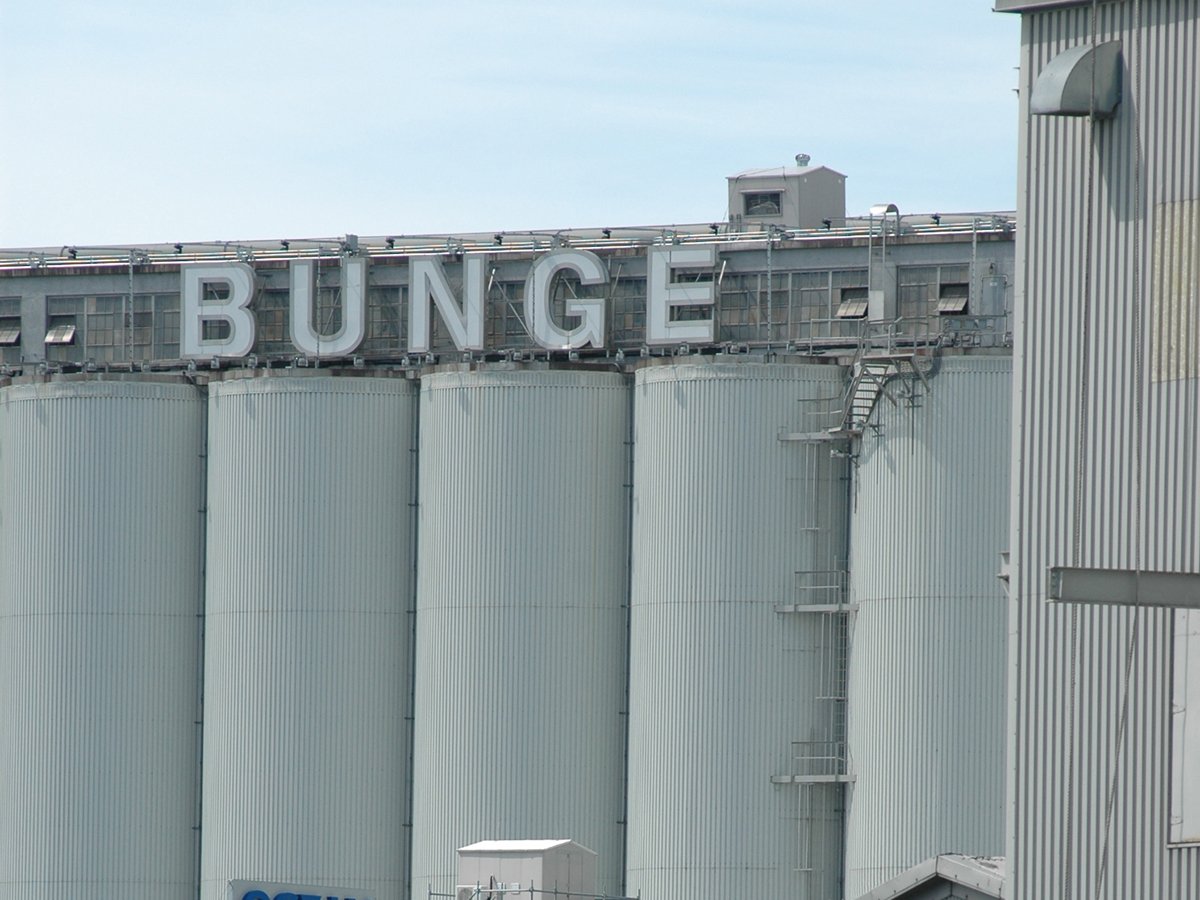Sensational, unusual, scope | Raw milk cheese recall fails to steal spotlight
If nearly two dozen Canadians get sick and one dies from contaminated food, is that a story worthy of front-page headlines?
In the case of raw milk cheese, the answer is no.
As of Sept. 24, the Public Health Agency of Canada noted that 22 people in five provinces had become ill and one died from raw milk cheese produced in British Columbia.
As with most food poisoning cases and recalls, Canada’s main news outlets picked up on the story of contaminated cheese from Gort’s Gouda Cheese Farm in Salmon Arm, B.C.
Read Also

Bunge’s crop mix is changing
Bunge has predominantly been a soybean processing firm, but that’s about to change after the merger with Viterra with softseed processing and grain merchandising gaining ground.
Yet, only a few days after the initial PHAC warning Sept. 17, there were no mentions of the outbreak on the main Globe and Mail webpage and many other newspapers, TV and radio stations dropped the story.
In contrast, the E.coli outbreak and subsequent recall of meat from the XL Foods beef plant last fall generated headlines and TV coverage for weeks, as media invaded Brooks, Alta., to report on tainted beef that sickened 18 Canadians.
Ben Chapman, a food safety specialist at North Carolina State University said the discrepancy in media coverage around food safety might be connected to food perceptions.
“Something that’s seen as natural gets more of a pass in individual’s minds,” said Chapman, who grew up in Port Hope, Ont., and is an assistant professor at NC State.
“If it’s not in the natural order of things (that) can generate more outrage…. The meat industry… probably (there) is a perception in some journalist’s minds that it’s not (part of) the natural order of food.”
Chapman, who helps run a blog on food safety issues called Barfblog, has followed food poisoning outbreaks for more than a decade.
In most cases a food recall has to have a sensational or unusual component to drive media coverage.
For instance, a few years ago the media and public were fascinated by an outbreak of E.coli in U.S. spinach.
“It was surprising because who would ever think that there was E. coli 15787 in fresh spinach,” Chapman said.
For XL Foods, the scale of the operation was a major part of the story, said Sylvain Charlebois, a University of Guelph management and economics professor who studies food safety.
“With XL Foods you were dealing with one of the largest federally licensed abattoirs in the country,” he said. “In Gort’s case you’re dealing with an artisan cheese maker.”
Mansel Griffiths, director of the Canadian Research Institute for Food Safety at the University of Guelph, agreed the XL Foods’ case received more coverage because of the size of the plant and the size of the recall.
He doesn’t think the media is biased against the meat industry.
“The XL Foods issue was a national issue…. I think it’s the scale of the distribution rather than the nature of the (food) product.”
When it comes to food safety issues, Chapman said one important distinction between Canada and the U.S. is the litigation factor.
In the U.S., the villain and victim narrative is usually the main component of the story.
“Stories get really big in the U.S. because there’s this sense of I was wronged as an individual consumer. I bought something that wasn’t supposed to make me sick and now I’m going to sue you.”
In the B.C. raw milk cheese case, the Canadian media paid little attention to that angle.
Instead, reporting focused on the proprietor and her remorse over making people sick.
Several media outlets also focused on the former owner of Gort’s Gouda, who was now working for the Canadian Food Inspection Agency and her role in the investigation of the cheese farm.
“It (the reporting) gets away from the incident. The incident is that people ate something and got sick,” Chapman said.
In the XL Foods case, the company’s slow response and the government handling of the issue kept the story in the news, Charlebois said.
“The public relation strategy, or lack thereof, from the Nilsson brothers (XL Foods’ owners) was very meek.”
Chapman concurred, adding that XL Foods evolved into a story about government competence.
“It became this political, our government is broken story… and here’s an example of it.”
Griffiths, who participated in a Health Canada committee studying the safety of raw milk cheese in the 1990s, said the debate over unpasteurized cheese isn’t new.
Research shows that raw milk can be a food safety risk for soft ripened cheese, but not all cheeses.
“You can’t do a blanket: no raw milk cheese, it should be banned. You have to dig into the characteristics of the individual cheese,” he said, noting that soft cheeses are a greater risk.
“Generally, if the moisture content and the amount of available water in the cheese is really low and there is high acid… those (factors) will lead to a fairly rapid decline in numbers of any pathogens that get into the cheese to start with.”
While Canadians are less likely to file civil lawsuits than Americans, Griffiths said there is a trend towards criminal prosecutions in the food safety sector.
“That’s something we’ll probably see more of,” Griffiths said.
“Where there has been an element of negligence, if you like, there will be a tendency for more criminal prosecutions.”















